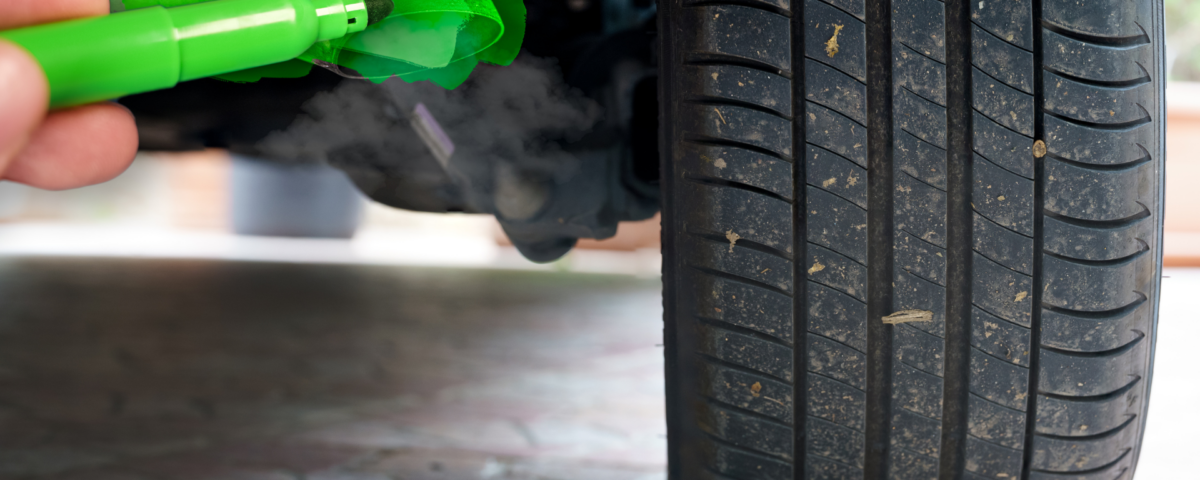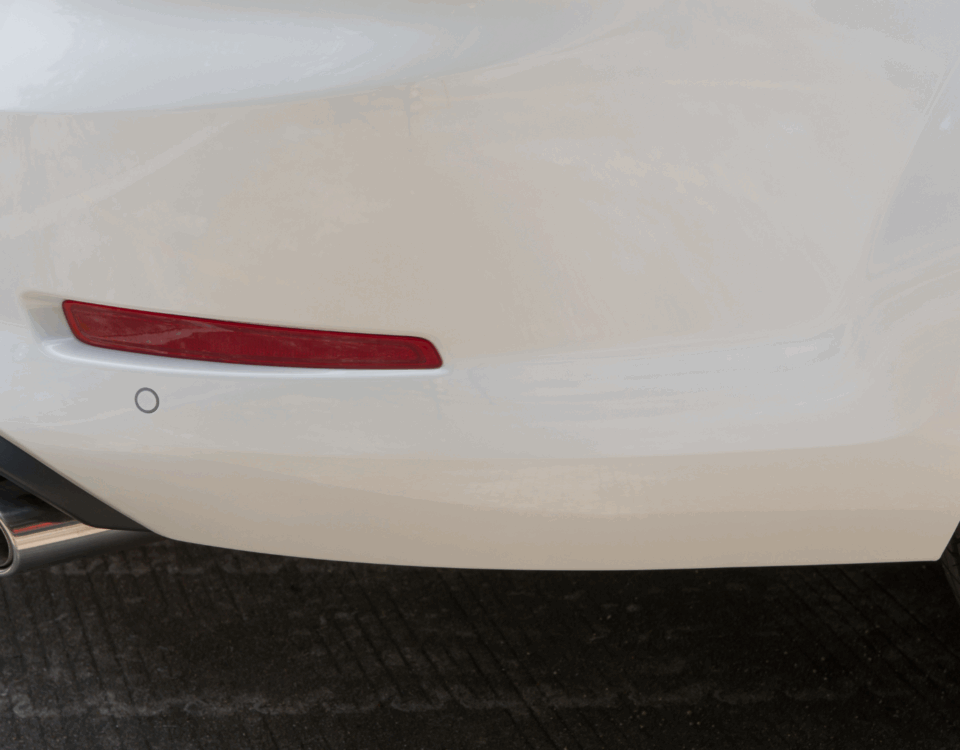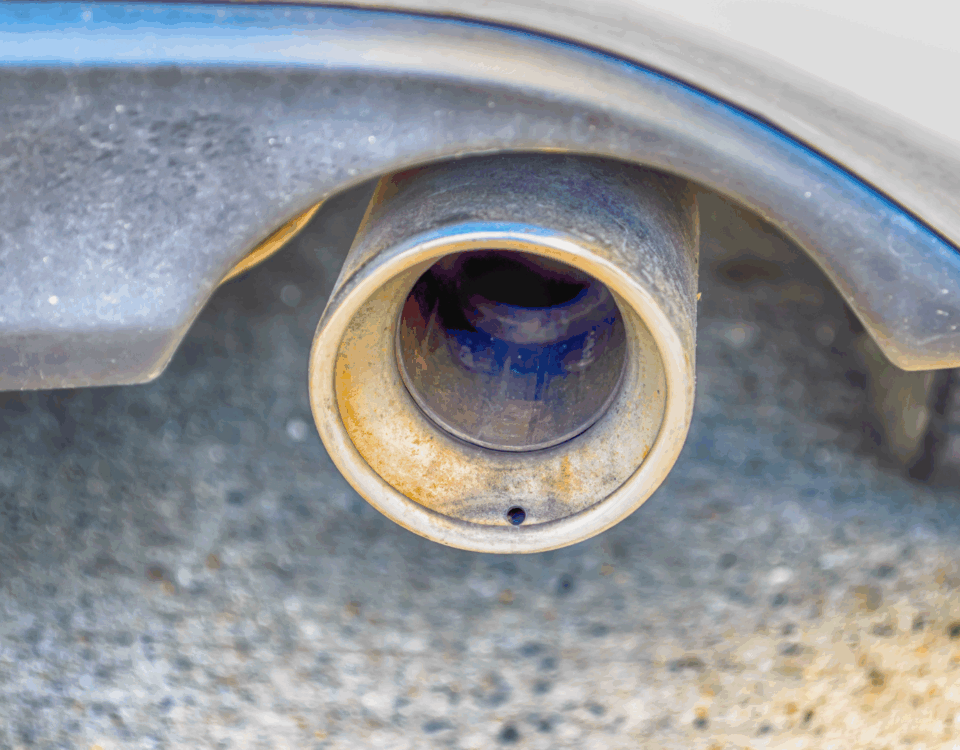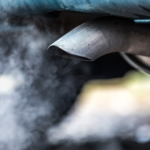
How to Pass a Smog Test: Tips for a Smooth and Stress-Free Process
February 6, 2025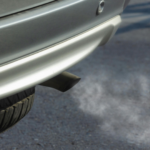
Smog Test Requirements: What Drivers Must Know to Stay Compliant
February 6, 2025Understanding the Importance of a Smog Test
A Smog Test is a critical requirement for vehicle owners, ensuring that cars meet emissions standards set by local and state regulations. The test helps reduce harmful pollutants released into the air, improving overall air quality. Many states require regular smog testing for certain vehicles, and failing to comply can lead to fines or restrictions on vehicle registration. Understanding the purpose of these tests can help you stay compliant while also contributing to environmental protection.
The test involves analyzing the exhaust emissions of a vehicle to determine if it meets acceptable pollution levels. Specialized equipment is used to measure pollutants such as carbon monoxide, nitrogen oxides, and hydrocarbons. The goal is to ensure that vehicles do not exceed the emission limits established by regulatory agencies. A well-maintained vehicle is more likely to pass the test, which is why regular maintenance and timely repairs are crucial.
How to Prepare Your Car for a Smog Test
Proper preparation can improve your chances of passing a Smog Test and avoiding costly repairs or retests. The first step is to ensure your vehicle is in good working condition before the inspection. Regular maintenance, such as changing the oil, replacing air filters, and checking the exhaust system, can make a significant difference in the results.
Another important factor is driving your car for at least 20 minutes before the test. This helps bring the engine and catalytic converter to optimal operating temperatures, allowing for more accurate emissions readings. Additionally, addressing any check engine lights is essential, as even minor issues can result in a failed test. If your vehicle recently had its battery disconnected, it may need to go through a drive cycle before taking the test to reset the onboard diagnostics system.
Common Reasons Vehicles Fail a Smog Test
Failing a Smog Test can be frustrating, but understanding the common causes can help you avoid unexpected issues. One of the main reasons vehicles fail is a malfunctioning oxygen sensor, which plays a crucial role in regulating fuel efficiency and emissions. A faulty sensor can lead to excessive fuel consumption and increased pollution levels.
Another common issue is a damaged catalytic converter, which is responsible for converting harmful gases into less harmful emissions. If the converter is clogged or worn out, the vehicle is more likely to fail the test. Additionally, a loose or faulty gas cap can trigger a check engine light and cause the vehicle to fail due to fuel vapor leaks. Dirty or clogged fuel injectors and excessive carbon buildup in the engine can also contribute to elevated emissions levels. Regular inspections and prompt repairs can prevent these issues.
What to Do If Your Vehicle Fails a Smog Test
If your car does not pass the Smog Test, there are steps you can take to resolve the issue and obtain a passing certificate. First, review the test results to determine the exact reason for the failure. Many smog stations provide detailed reports that outline which components caused the issue. In some cases, a simple fix such as tightening the gas cap or replacing an air filter can resolve the problem.
For more complex issues, consulting a certified mechanic is recommended. They can diagnose and repair problems related to the engine, emissions system, or exhaust components. Some states offer financial assistance programs to help low-income vehicle owners cover the cost of repairs. Once the necessary fixes are made, the vehicle can be retested to obtain a passing certificate.
Where to Get a Reliable Smog Test for Your Vehicle
Choosing a certified and reputable testing station is essential when getting a Smog Test for your vehicle. Look for state-approved locations that use the latest emissions testing equipment and follow industry standards. Many testing centers also offer pre-inspection checks to identify potential issues before the official test.
Additionally, researching customer reviews and ratings can help you find a reliable service provider. Some testing stations offer discounts for repeat customers or bundled services, making it more cost-effective to maintain compliance. Ensuring that your vehicle meets emissions standards not only helps you stay compliant with the law but also contributes to cleaner air and a healthier environment.
Read More:
How to Pass a Smog Test: Tips for a Smooth and Stress-Free Process
Smog Test: Why It’s Essential for Your Vehicle and the Environment



